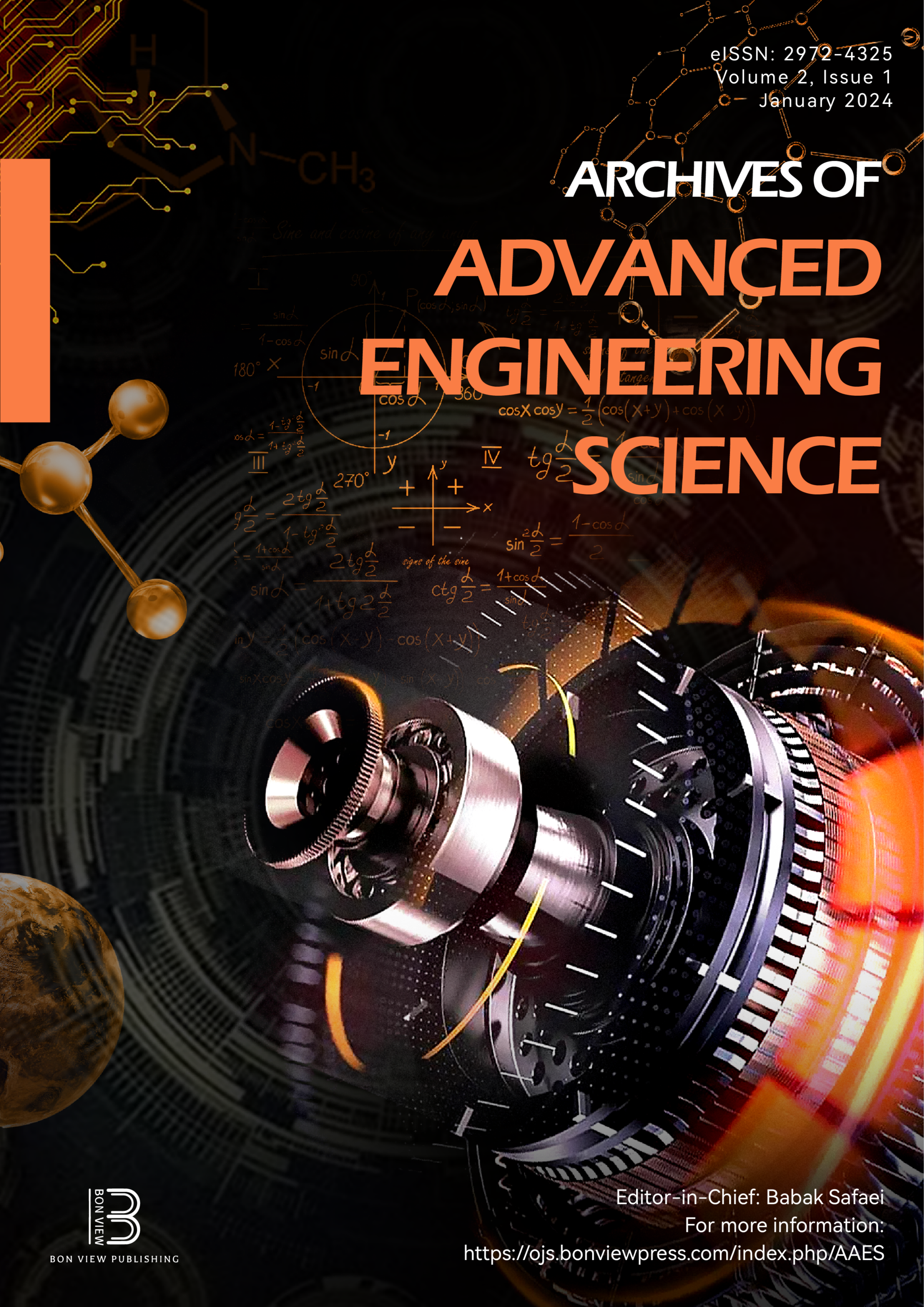Statistical Study of Bisection Method for Cubic Equations with Random Coefficients
DOI:
https://doi.org/10.47852/bonviewAAES32021322Keywords:
bisection method, uniform distribution, normal distribution, cubic equation, statistical analysisAbstract
The bisection method is an iterative approach used in numerical analysis to find solutions to nonlinear equations. The main purpose of this paper is to study how the parameters of a probability distribution characterizing the coefficients of a cubic polynomial can influence the convergence of the bisection method. The study covers discrete and continuous distributions, including discrete uniform, continuous uniform, and normal distributions. It was found that for both types of uniform distribution inputs, a second-degree polynomial equation can predict the average iteration for a given parameter r, where r indicates the distribution interval [−r, r]. Interestingly, the coefficients of the second-degree polynomial are nearly identical for discrete and continuous uniform distributions. For normal distribution input, the average iteration does not depend upon the standard deviation when the mean is fixed and the standard deviation is varying. But when the standard deviation is fixed and the mean is varying, the second-degree polynomial is still the best fit. This means the average iteration depends upon the mean of the normal distribution. Overall, our paper concludes that: I. For uniform distribution input, the average iteration does not depend on whether the distribution is discrete or continuous but rather depends on the range of the distribution which is its parameter. II. For non-uniform distribution input, the average iteration depends on the mean of the distribution (location parameter) but not on the standard deviation (scale parameter). Finally, a curtain is raised in the future direction of research in which we propose to combine the bisection method with the regula falsi and Newton-Raphson methods to increase the rate of convergence.
Received: 5 July 2023 | Revised: 9 August 2023 | Accepted: 11 August 2023
Conflicts of Interest
The authors declare that they have no conflicts of interest to this work.
Data Availability Statement
Data sharing is not applicable to this article as no new data were created or analyzed in this study.
Downloads
Published
Issue
Section
License
Copyright (c) 2023 Authors

This work is licensed under a Creative Commons Attribution 4.0 International License.


